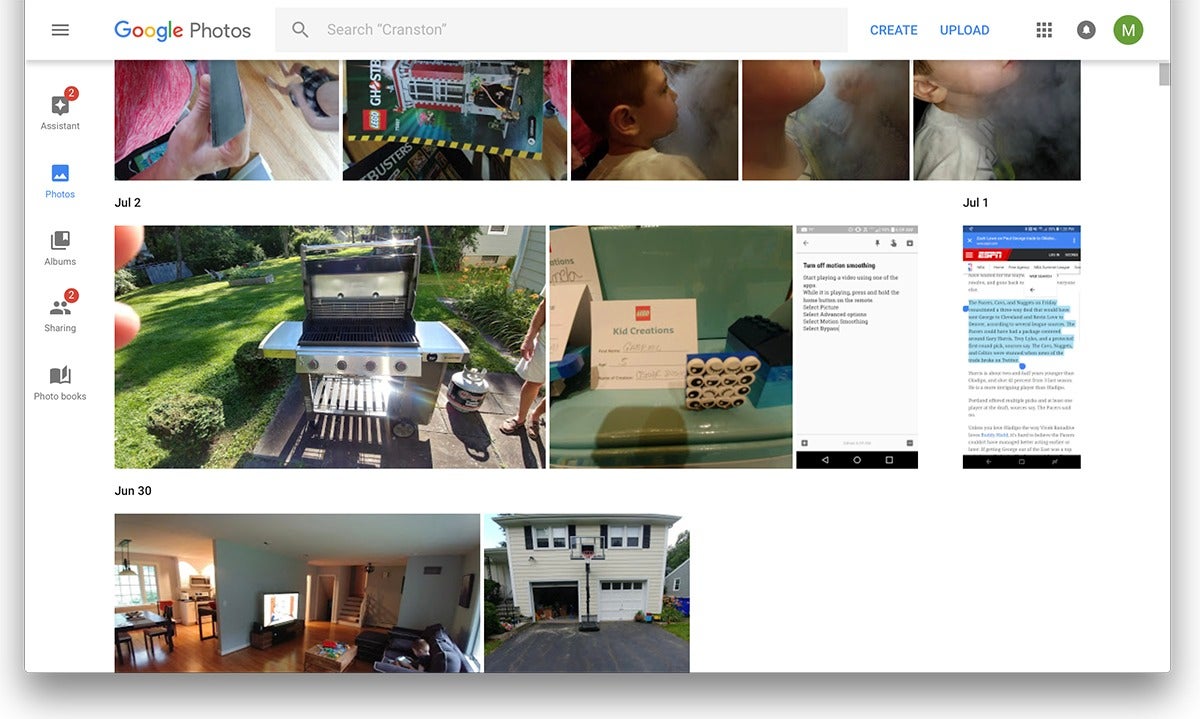

- Google workspace for mac install#
- Google workspace for mac software#
- Google workspace for mac download#
- Google workspace for mac free#
Option 3: My admin installed GWSMOįrom the Start menu, click Set up a Google Workspace Sync user.
Google workspace for mac software#
Windows 7 and up-From the Start menu, click Microsoft System Center Software Center Applications Google Workspace Sync Install.įor more information on Software Center, consult your Microsoft documentation.
Google workspace for mac install#
Install GWSMO based on your version of Windows: Option 2: My admin downloaded GWSMO to my computer
Google workspace for mac download#
Go to the GWSMO download page and click Download GWSMO.Review these system requirements for your computer.īefore continuing with the installation, install any updates to your version of Outlook or Windows.Option 1: I'm downloading and installing GWSMO myself Anti-virus software, firewalls, and third-party applications with access to your Outlook PST files can prevent GWSMO from working. If you have problems installing GWSMO, turn off these applications temporarily and try again.Before you install GWSMO, make sure Outlook is not running.Make sure that you install GWSMO on the computer where you use Outlook.If you haven't already, sign in to your Google Account to accept Google's Terms and Conditions.We recommend using this migration product if you want to stop using Outlook entirely. Installing Google Workspace Sync for Microsoft Outlook (GWSMO) also installs Google Workspace Migration for Microsoft Outlook (GWMMO), which lets you migrate your Outlook data to your new Google Account. To begin administering GWSMO, go to GWSMO Admin Help. Don't know why (like, literally, because it all looks the same to me), but I made it through those instructions without issue and am now running SD locally with no problem.This article is for Google Workspace users. I'm sure there's something fundamental I'm not getting.ĮDIT2: I pulled the ripcord, blew away everything, and started again from the lstein repo. This is my whole thing with Python-every time I'm teased by something awesome I end up in dependency hell. Rather than jump between Gmail, Docs, Meet, etc., everything is available in one central spot. The separate tools have deeper integration with each other. It’s the culmination of several changes Google made throughout 2020. Calendars shared with you in Google Calendar will automatically appear in the left pane of your calendar in Outlook. Select either of the 'Yes' options for this setting. Then select Settings > General > Automatically add invitations to my calendar. tango-pytorch_lightning -> pythonĮDIT: I managed to install pytorch itself via conda, but that didn't clear up the failed dependency on the txt2img script. At the core, Google Workspace is the same service as G Suite. In a browser, go to Google Calendar and select Settings at the top of the page.

I successfully used condo to install omegaconf, tqdm, and einops, but I'm stuck at pytorch_lightning because the package "tango-pytorch_lightning" (which seems to be the only option, from ) requires a different Python version: Specifications: I think that in my condo env create call something failed because when I get to actually running the scripts, I get failures about missing dependencies. I'm a python noob, especially about package management.
Google workspace for mac free#
Have fun using stable diffusion on your macs! If you are stuck at any step then feel free to ask me for help. You can modify the resolution using -H=256 -W=256 (arbitrary values of resolution won't work).Īnd you can use seeds by -seed 1234567890 -fixed_code You can run txt2img by python scripts/txt2img.py -prompt "Cute cat, black" -plms -n_samples=1 -n_rows=1 -n_iter=1 -ddim_steps=50Īnd img2img by python scripts/img2img.py -init-img inputs/image.png -prompt "Green apple" -n_samples 1 -strength 0.8assuming your input image is located at inputs/image.png The weights for step 4 can be found here (sd-v1-4.ckpt). Rename your weights to model.ckpt and copy them inside the newly made folder.Ĭd into the project through your terminal. Open the folder models/ldm and make a new folder named stable-diffusion-v1 Note : Watermark and filter are removed and it utilizes the GPU. Here, I will show you a way to use Stable Diffusion on Apple Silicon macs, even the ones with 8GB memory (although it's faster on 16GB).


 0 kommentar(er)
0 kommentar(er)
